Photos: Bald Eagles of the Mighty Mississippi

Bald Eagle
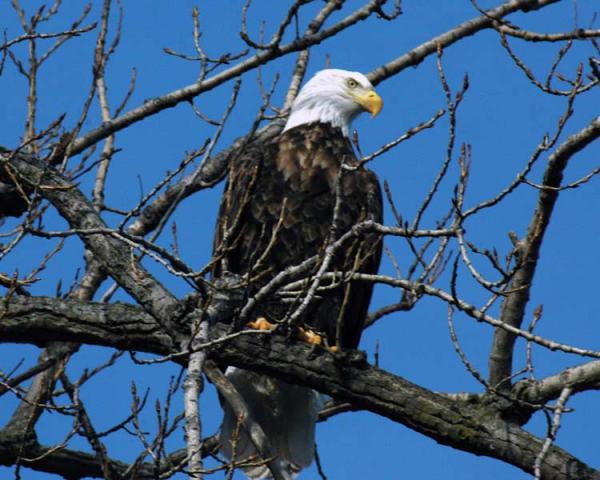
Along the banks of the Mississippi River in stretch of unspoiled maple and oak forests, the second largest population of bald eagles in the United States makes its home.
This once endangered species has been pulled back from the brink and here the majesty of this quintessential American icon can be seen.
Bald Eagle

The Mississippi River is one of the great river systems that flow across the planet. From its source near Lake Itasca in Minnesota the river meanders some 2,320 miles (3.734 kilometers) south through man-made locks, by major American cities and along riverside forests essentially untouched by man before dumping its fresh water and tons of sediment into the Gulf of Mexico some 95 miles (153 km) below New Orleans.
Bald Eagle
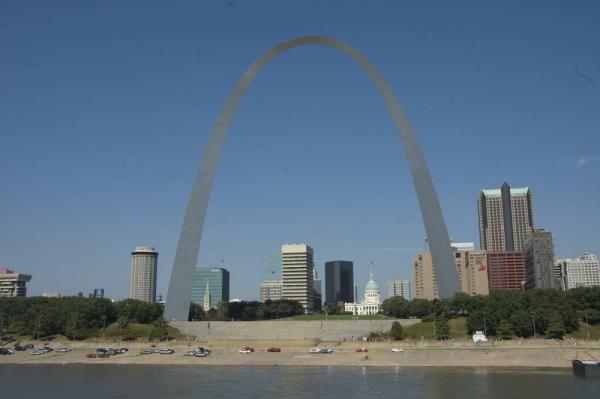
This mighty river into two sections: the Upper Mississippi and the Lower Mississippi. The Upper Mississippi begins at the river's source and concludes at the confluence with the Missouri and Illinois Rivers near the Gateway Arch in St. Louis. The Upper Mississippi watershed drains over 189,000 square miles (490,000 square km) of land across six upper Midwestern states.
It is here, along a highway known as the Meeting of the Great Rivers Scenic Byway that a 40-mile (64-km) stretch of unspoiled riverbank woodlands is found between Alton and Grafton, Illinois. It is to this area of pristine maple and oak forests that the eagles come every winter.
Bald Eagle
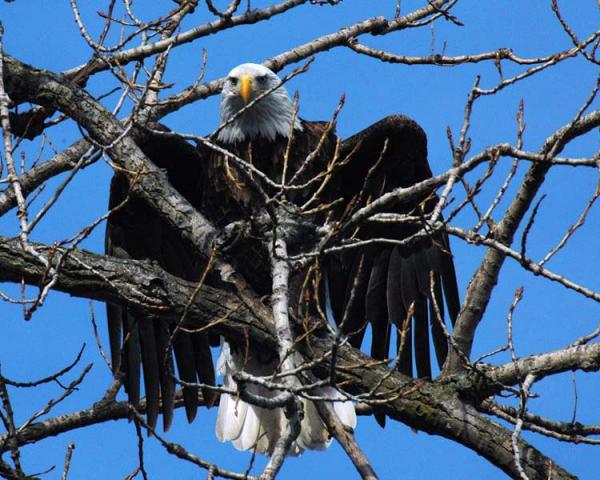
Bald eagles (Haliaeetus leucocephalus) live near large bodies of open water where there are plenty of tall trees for roosting and fresh fish for eating, making this section of the Mississippi an ideal habitat for this large bird of prey.
A mature adult can measure 30 inches (76 centimeters) in length and have a wingspan of 72 to 84 in (183 to 213 cm). Despite a most fierce image and reputation, bald eagles are a very timid bird. Their primary food source is fish but this splendid bird also feeds on small mammals, waterfowl, snakes and even carrion.
Bald Eagle
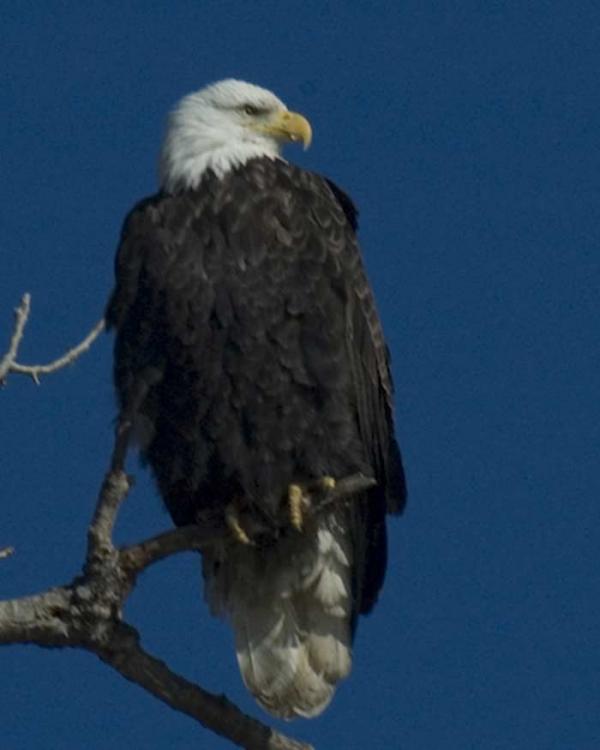
The bald eagle became the national symbol of the United States of America in 1782. The early patriots, who recalled bald eagles circling high above early Revolutionary War Battlefields "shrieking for freedom," thought it was a perfect symbol of independence and strength.
The bald eagle won out over the objections of Benjamin Franklin who supported the wild turkey (Meleagris gallopavo) as the symbol of this newly formed nation.
Bald Eagle
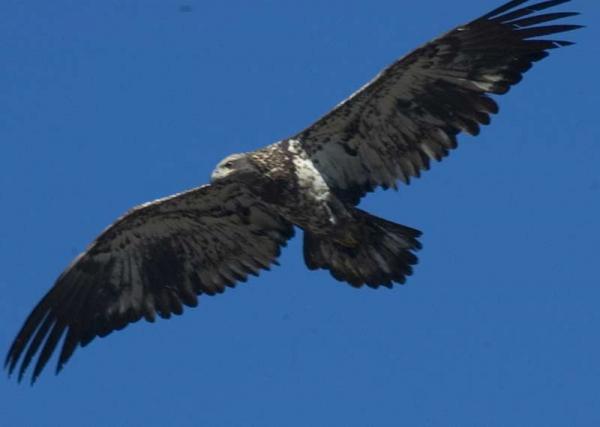
The origin of the "bald" descriptor of the bird comes from the Old English word "balde," which meant "white-headed" and never carried a meaning of hairless or featherless.
Adult bald eagles weigh 8 to 14 pounds (3.6 to 6.4 kilograms) with the female eagle the larger and heavier of the two genders. Immature eagles lack the white head and tail feathers of adults and exhibit white spotting over their bodies, just as the young eagle above does.
Bald Eagle
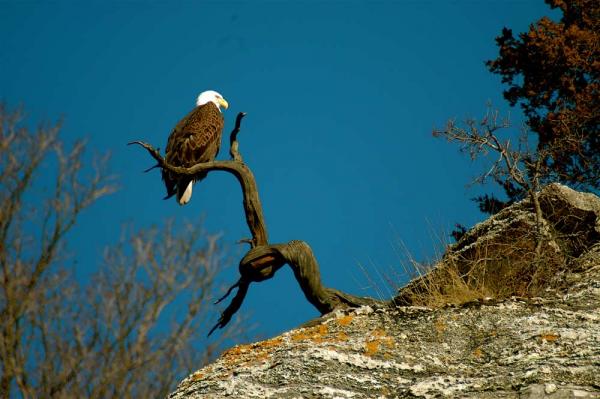
For the local ornithologist, as well as the many amateur bird watchers along the Great Rivers Scenic Byway, the majestic bald eagles are known as "baseballs." The nickname comes from the fact that from a distance, high in the upper branches of the tree-lined shore, the eagles' white heads look like a distant baseball.
Get the world’s most fascinating discoveries delivered straight to your inbox.
Bald Eagle
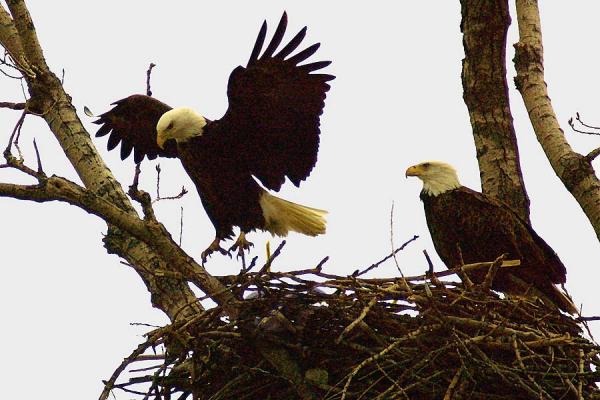
During the warm summer months, active pairs of bald eagles can be found nesting along this unspoiled section of the Old Man River, an affectionate nickname for the Mississippi River. Bald eagles build the largest nests of any birds in North America. This massive aerie can weigh up to 1.1 tons (1 tonne), and can be 13 feet (4 meters) deep and over 8 feet (2.4 m) wide. Into this roost the female eagle will lay one to three eggs.
Bald Eagle
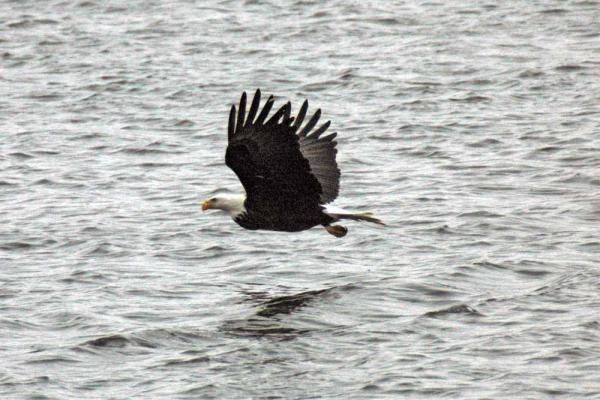
The bald eagle is one of nature's most powerful fliers and can reach speeds over 35 mph (56 kph) during level flight and between 75 to 99 mph (121 to 159 kph) in a hunting dive. The eagles too, can ride high on the thermal currents that rise above the waters of the Mississippi River.
This ability to soar on the atmospheric thermals plays a major role when the winter months arrive as the eagles from the northern river states begin to migrate in late November to the south.
Bald Eagle
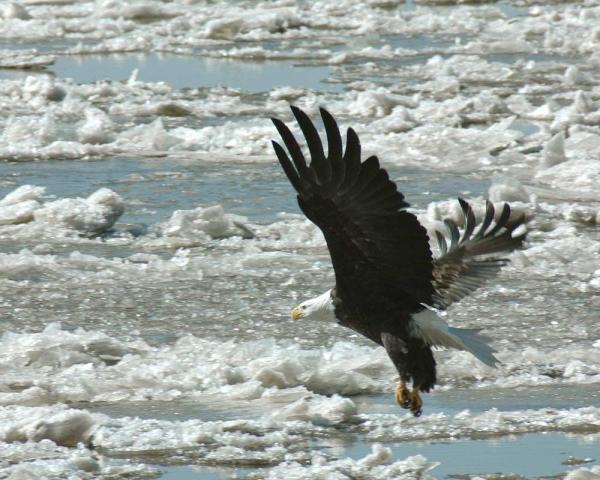
By early December more than 2,000 eagles from the northern regions of the Mississippi River will make their winter homes in the barren trees along the banks of the mighty river.
Even when the river is full of ice floes the great birds can be seen gliding about the frozen waters in search of that elusive meal of fish.
Bald Eagle
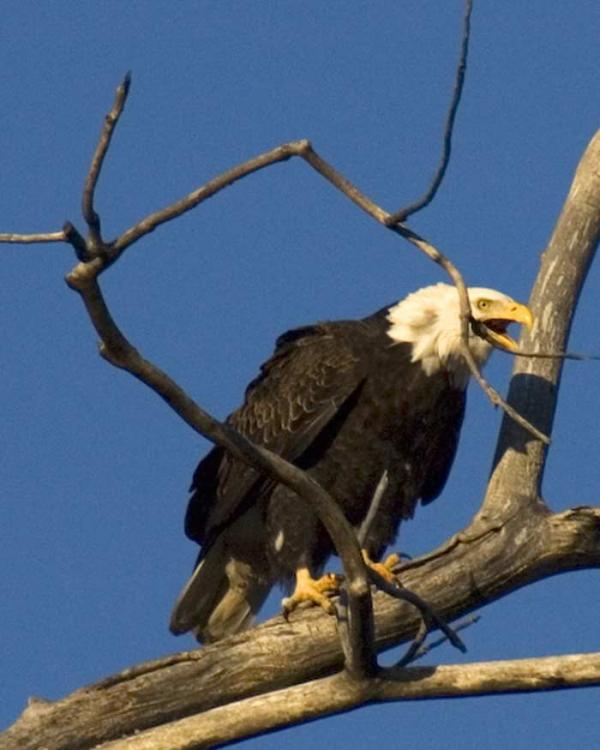
For such a powerful predator, the cry of the bald eagle is almost songbird-like. That screeching cry so often attributed to the bald eagle in motion pictures is usually the dubbed in cry of a red-tailed hawk. Click on this National Park Service link to hear the bald eagle's true cry.


